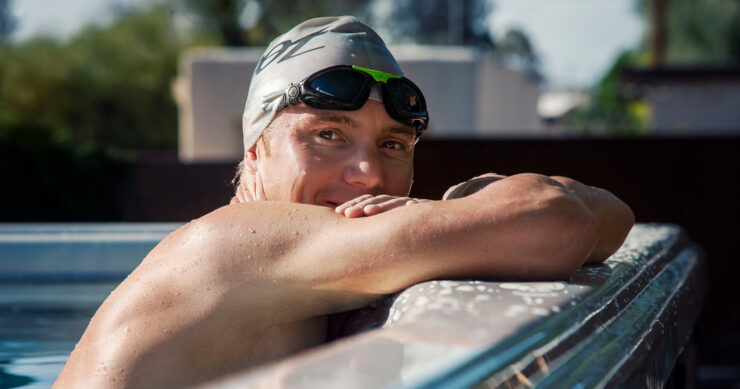You signed up for a triathlon because you wanted to challenge yourself. But for many people, the real challenge might not be testing your endurance over the three disciplines. It’s the open water swim.
Open water swimming can be intimidating, whether you grew up swimming on a club team or learned as an adult. The conditions can be unpredictable — waves might choppy, the winds can gust, and the water temperature can feel comfortable in one area and frigid in another. And, more than that, you have to take on those conditions with hundreds, if not thousands, of people.
However, with adequate preparation, you can conquer your fears and take on the swim of a triathlon with confidence. From practicing sighting to stationary swimming, eight-time IRONMAN champion and pro triathlete Ben Hoffman shares how you can prepare for the open water experience.
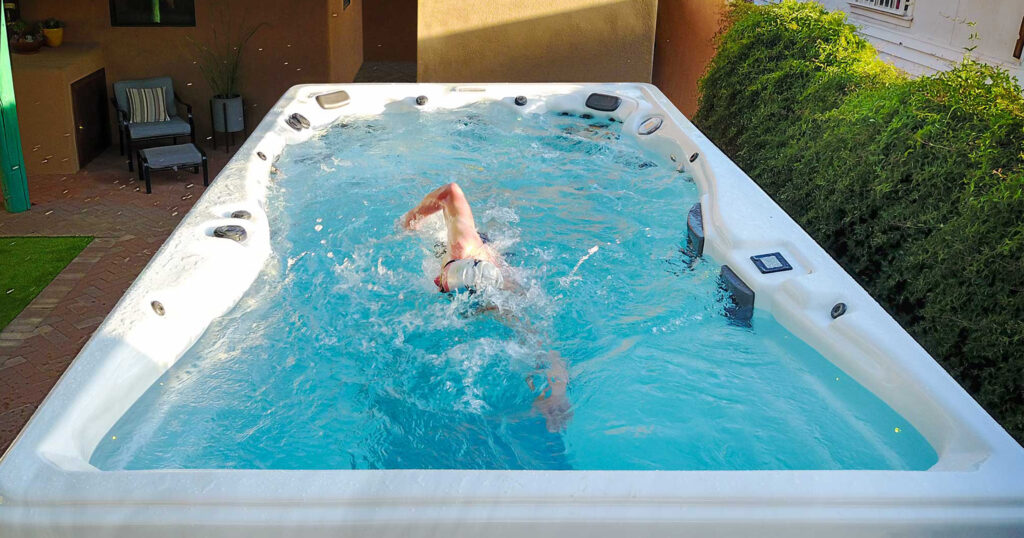
Open water swim practice at home
Whether you’re a beginner or an experienced triathlete, embracing open water training will enhance your performance and make the swim leg of your next triathlon a much more enjoyable and successful experience.
But it can be hard to find the time to go to your nearest spot for open water swimming. And, depending on where you live and the time of year, swimming in open water just isn’t possible. Drive an hour to swim in 50-degree water? No thanks.
An H2X Fitness swim spa offers a fantastic alternative for honing your open water swimming skills. Swim spas are designed to be used year-round, allowing you to swim, exercise, and recover.
Building confidence
When it comes to participating in triathlons, swimming can be a huge barrier.
And it comes down to confidence, pro triathlete Ben Hoffman says. Not only is it a difficult skill to learn, especially if you didn’t grow up swimming, but it can be intimidating to show up to a pool — where everyone seems like a pro.
“I remember my first experiences joining the tri club in Montana when I was in college,” Hoffman says “I got in the pool, and everyone was already doing laps. I was like, ‘OK, I’ll probably be slower but I’ll be fine.’ ”
However, swimming the length of the pool felt nearly impossible for Hoffman.
“It was an eye-opening experience of how difficult it was,” he says. “I was discombobulated and so disconnected from my body in terms of proper form. I was using too much energy. It was just awful.”
And that’s probably the experience for many adult onset swimmers. Even if swimming is something you want to do, it can be hard to put yourself in a situation where you aren’t good at something.
An at-home swim spa allows you to slowly introduce yourself to swimming in the comfort and privacy of your home. You can start with short workouts, swimming at your own pace against the water current, and build your distance each week.
Swimming in a swim spa can help you build enough confidence to join a master’s swimming program, Hoffman says.
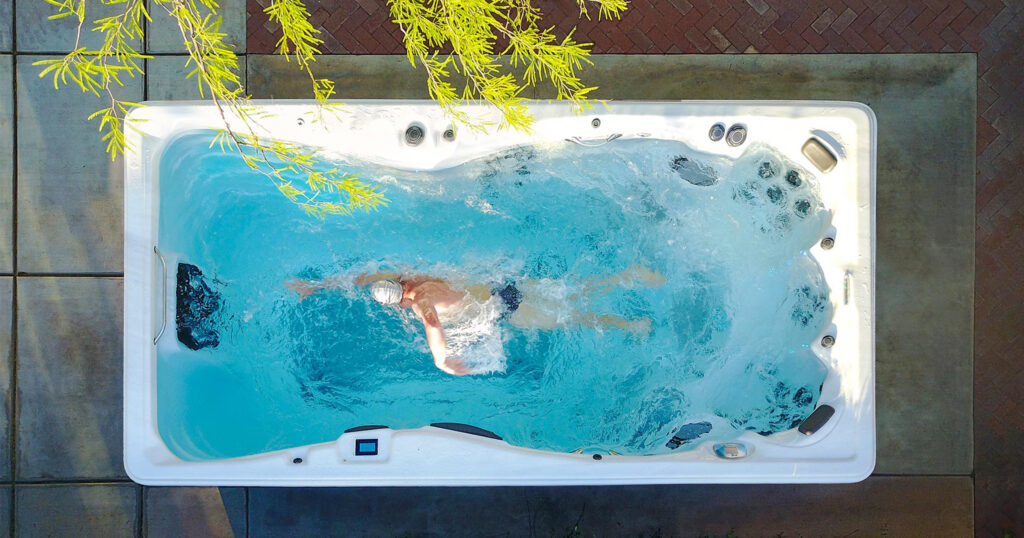
Continuous swimming
A triathlon swim can be anywhere from 500 meters to 2.4 miles, depending on your race. And that distance? It’s more than likely a continuous distance — there’s no wall waiting for you at the end of 25 meters and no chance to streamline after a flip turn.
That can be a big adjustment, Hoffman says, for people who train exclusively in a pool.
“Mentally, it’s easier to tackle a workout when you know within 4 or 5 minutes, you’ll be hanging on the wall for 30 seconds or 40 seconds before the next interval,” Hoffman says.
A swim spa affords you the opportunity to swim continuously. Whether it’s for 10 minutes or for 30 minutes.
“Most people almost never do that,” says Hoffman, who swims in an H2X Challenger 18D Pro. “People do need to practice that skill and get more comfortable with it because it is something different.”
H2X swim spas have a jetted swim system that creates an endless flow of water for stationary swimming. You can control the swim speed to match your workout and swim ability. A slower speed is ideal for those longer continuous swims that simulate the open water swimming experience you will have on race day.
Sighting practice
It’s easy to stay on course when you are swimming in a pool, the black line guiding you toward the wall and lane markers separating you from other swimmers.
The same can’t be said for swimming in open water. Conditions can be unpredictable, with currents and wind pushing you off course.
Sighting is the act of lifting your head out of the water to look forward and check your position in relation to the course. Proper sighting ensures you stay on course and avoid unnecessary detours or getting off track.
But you can’t just wait until race day to start sighting. It’s something you need to practice during training.
A swim spa can be the ideal space to work on sighting. As you swim against the current, lift your eyes toward the front of the spa to gauge your position. Turn to either side to breathe and continue swimming. The goal is to learn how to maintain your pace and technique. You can sight every six to 10 strokes as part of a warmup or warm down set in the swim spa.
Wetsuit testing
Depending on your race and the water temperature, you might choose to wear a wetsuit for the swim portion of your triathlon. Not only does it provide insulation but also buoyancy. However, you want the wetsuit to fit properly. You want to make sure that it’s the right size, there’s no chafing, and you have a good range of motion.
Unless you try it on and swim in it before the race day, it can be hard to get a good idea of the fit.
But showing up to the pool in a wetsuit? You are going to get a few uncertain looks from fellow swimmers.
“You see people take them to the pool but it’s not super common,” Hoffman says.
An at-home pool-spa gives you the opportunity to test out your wetsuit in the privacy and convenience of your home. You can swim for 10 minutes or try a race simulation to see how the wetsuit affects your stroke and whether you need to make any adjustments.
In addition, you can get used to the tight fit across your neck and chest.
“If you are not used to it, it can cause panic. I’ve actually had that happen in a race, and it’s super scary. It’s a really terrible feeling.”
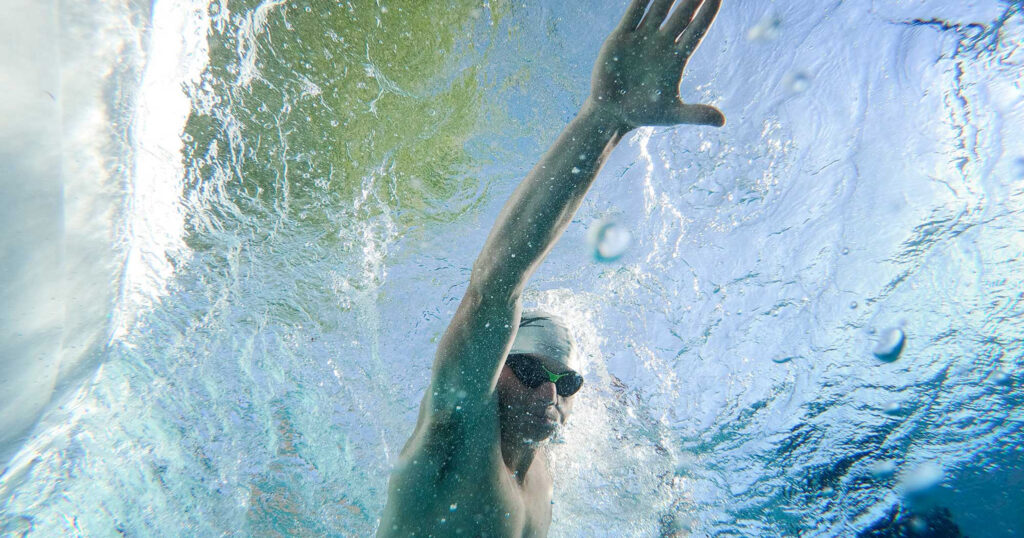
Breathing drills
Swimming in open water can affect more than your stroke. It can also affect your breathing pattern. In open water, the sun, wind, and waves can make it harder to breathe comfortably.
While the solution is often to learn how to breathe bilaterally (or on both sides), Hoffman also prepares for choppier water, which can make it harder to breathe. If you just rotate to the side as you would in a pool, you can take on more water in your mouth.
Instead, you should turn to breathe as if you were looking behind you.
“Imagine turning your head and looking up behind you,” Hoffman says. “That’s something that I think is really valuable. It’s one of the things that my earliest swim instructors taught me about open water swimming.”
It’s something that is particularly good to practice in a swim spa because of the endless swim current. The way the current can move around you, Hoffman says, it can feel similar to open water.
Temperature control
It can be hard to predict the water temperature on race day. While you might be expecting the lake or ocean to be a perfect 78 degrees, you might hit the start line and find the weather to be warmer than expected. Or, a recent cold snap cooled the water to a chilly 69 degrees.
When you are training in a pool, the water is often a consistent 82 degrees — whether it’s a Monday in June or Wednesday in January.
Swim spas have adjustable settings so you can choose your preferred water temp for swimming. More than that, you can adjust the water temperature to try to simulate what you might experience. A slightly warmer temperature can help you acclimate to a warmer swim or prepare for a hard effort on race day.
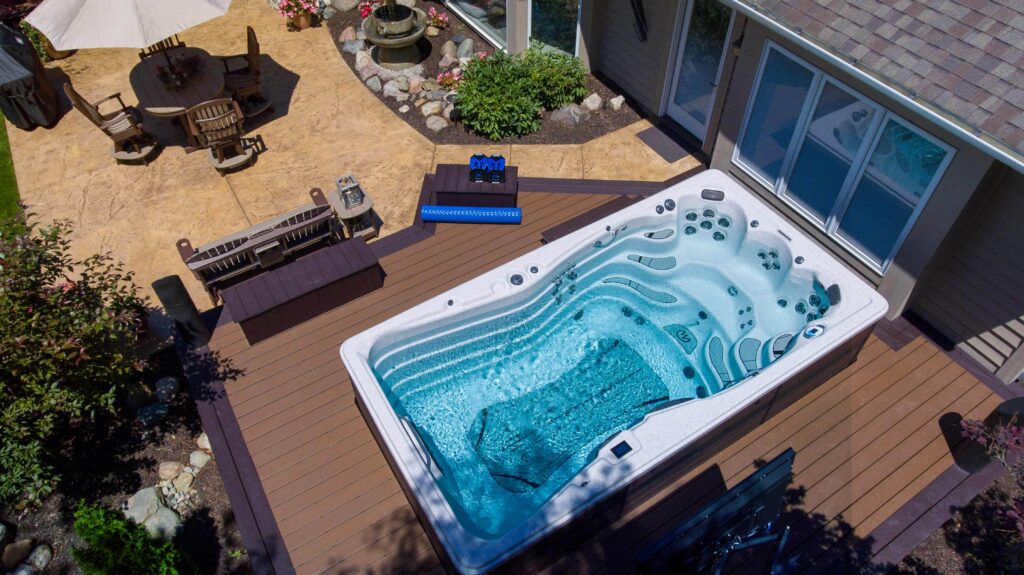
How to buy an H2X swim spa
Do you want to be able to swim, exercise, and relax at home? Having an H2X Fitness Swim Spa by Master Spas allows you to swim on your schedule while adding a fun factor to your backyard. You can click here to find out more about the benefits of hydrotherapy and relaxing in a swim spa. Or, contact your local Master Spas retailer to learn more about swim spa ownership. Wondering how much a swim spa costs? You can request a quote here.

